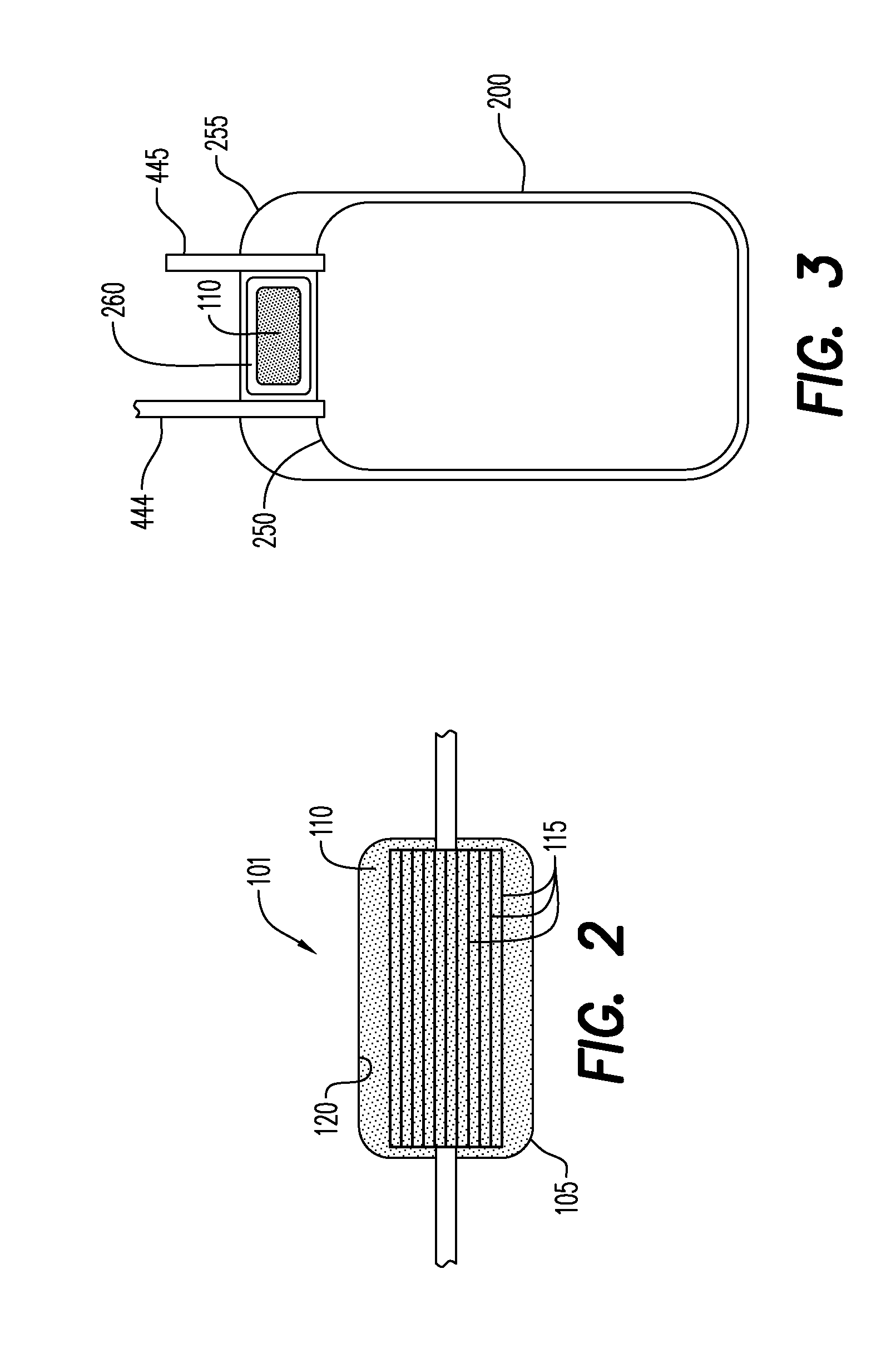Blood storage bag system and depletion devices with oxygen and carbon dioxide depletion capabilities
a technology of oxygen and carbon dioxide depletion and storage bags, which is applied in the direction of packaging foodstuffs, packaging goods, separation processes, etc., can solve the problems of inability to maintain the viability of stored blood, insufficient blood supply and storage thereof, and inability to use stored blood, etc., to achieve increased dpg levels, reduced affinity of oxygen to hemoglobin to bind oxygen, and increased oxygen transmission to tissue
- Summary
- Abstract
- Description
- Claims
- Application Information
AI Technical Summary
Benefits of technology
Problems solved by technology
Method used
Image
Examples
examples
[0082]The eight graphs below show the results of a 3-arm study showing: a control (aerobic OFAS3 with no O2 or CO2 depletion), anaerobic OFAS3 (both O2 and CO2 depleted with pure Ar), and O2 only depleted with 95% Ar and 5% CO2 (CO2 is not depleted).
[0083]Whole blood was collected into CP2D (Pall), centrifuged 2K×G for 3 minutes, plasma removed, and additive solution AS-3 (Nutricel, Pall), or experimental OFAS3 added. The unit was evenly divided into 3 600 mL bags. 2 bags were gas exchanged ×7 with Ar or Ar / CO2, transferred to 150 mL PVC bags and stored 1° C. to 6° C. in anaerobic cylinders with Ar / H2 or Ar / H2 / CO2. One control bag was treated in the same manner without a gas exchange and stored 1° C. to 6° C. in ambient air. Bags were sampled weekly for up to 9 weeks.
[0084]The plots of FIGS. 11a, 11c, 11e and 11g: use the additive solution OFAS3 (200 mL; experimental, proprietary) and the plots of FIGS. 11b, 11d, 11f and 11h, use the AS-3 additive solution. Comparing additive soluti...
PUM
| Property | Measurement | Unit |
|---|---|---|
| storage temperatures | aaaaa | aaaaa |
| storage temperatures | aaaaa | aaaaa |
| active surface area | aaaaa | aaaaa |
Abstract
Description
Claims
Application Information
 Login to View More
Login to View More - R&D
- Intellectual Property
- Life Sciences
- Materials
- Tech Scout
- Unparalleled Data Quality
- Higher Quality Content
- 60% Fewer Hallucinations
Browse by: Latest US Patents, China's latest patents, Technical Efficacy Thesaurus, Application Domain, Technology Topic, Popular Technical Reports.
© 2025 PatSnap. All rights reserved.Legal|Privacy policy|Modern Slavery Act Transparency Statement|Sitemap|About US| Contact US: help@patsnap.com



